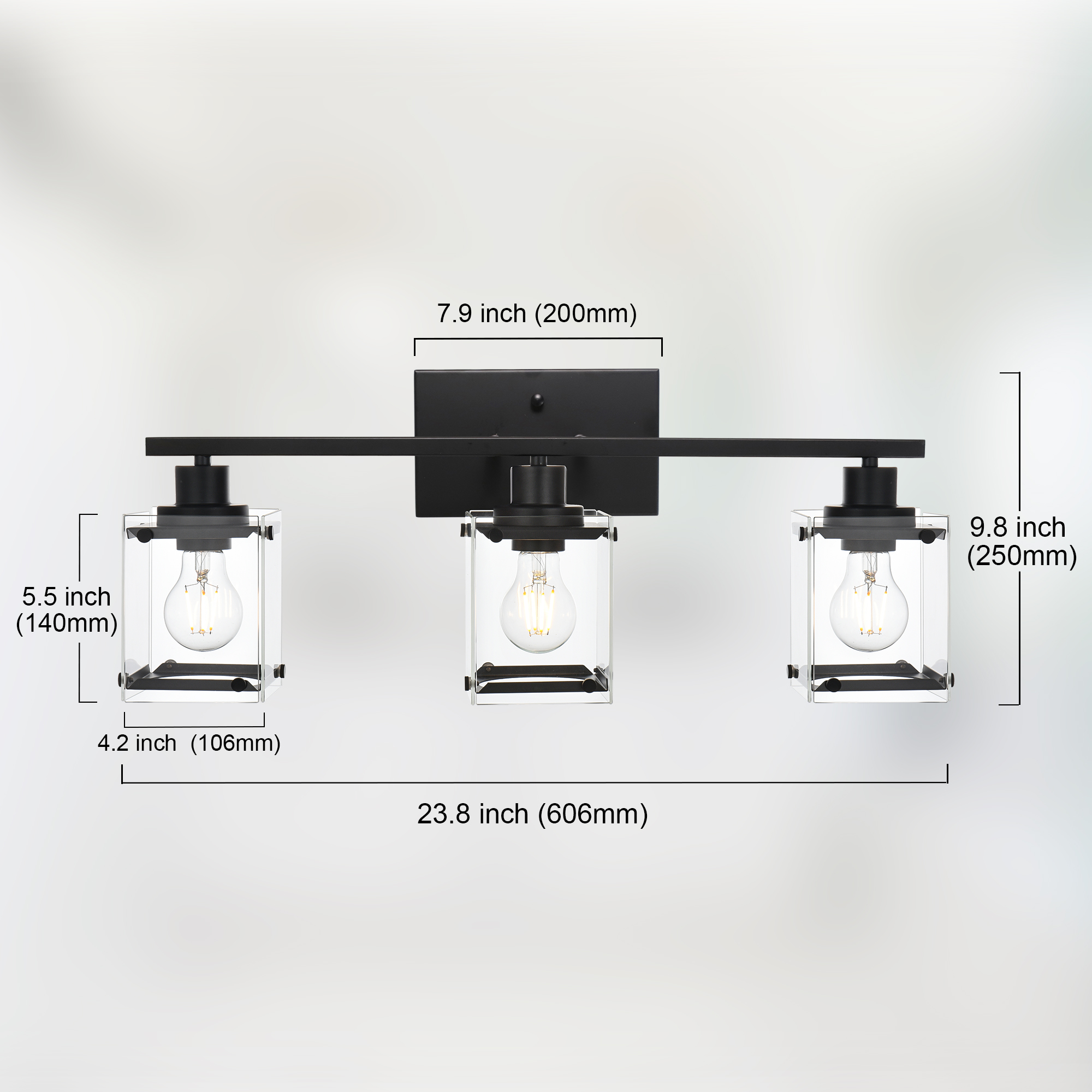led light colors
LED Light Colors: Illuminating the World with Versatile Tones
Foreword
In the ever-evolving landscape of modern technology, LED lighting has emerged as a transformative force, not just in terms of energy efficiency but also in the realm of aesthetic possibilities. LED light colors have become an integral part of interior design, architectural highlights, and even mood enhancement. This article delves into the fascinating world of LED light colors, exploring their applications, benefits, and the science behind their versatility.
Understanding LED Light Colors
LEDs, or Light Emitting Diodes, are semiconductor devices that emit light when an electric current passes through them. Unlike traditional light sources, LED lights can produce a wide spectrum of colors, offering designers and homeowners endless possibilities for creating unique and dynamic lighting environments.

The Spectrum of LED Light Colors
White LED Light Colors
White LED lights are the most commonly used in residential and commercial settings. They come in several shades, including cool white, warm white, and natural white.
- Cool White: This shade emits a crisp, bright light that is ideal for task lighting and creating a modern, energetic atmosphere. It is often used in offices, kitchens, and retail spaces.
- Warm White: This softer, yellowish hue is perfect for creating a cozy and comfortable ambiance in living rooms, bedrooms, and dining areas.
- Natural White: A balanced blend of cool and warm white, natural white LED lights offer a neutral and balanced light that is suitable for a variety of settings.

Colored LED Light Colors
Colored LED lights are a popular choice for decorative and mood-enhancing applications. Here are some of the most common colored LED light options:

- Red: Often associated with energy and passion, red LED lights are perfect for creating a vibrant and stimulating environment. They are frequently used in entertainment venues and retail displays.
- Blue: Known for its calming and serene properties, blue LED lights are ideal for bedrooms, spas, and relaxation spaces. They can also be used to simulate natural light in aquariums.
- Green: Green LED lights evoke a sense of nature and freshness. They are commonly used in outdoor spaces, gardens, and healthcare facilities to promote a healing environment.
- Yellow: A cheerful and warm color, yellow LED lights are excellent for creating a friendly and inviting atmosphere. They are often used in restaurants, cafes, and residential spaces.
- RGB: RGB LED lights are capable of producing a wide range of colors by mixing red, green, and blue diodes. They are highly versatile and can be used in various settings, from parties to architectural displays.
The Science Behind LED Light Colors
The color of an LED light is determined by the wavelength of the light it emits, which is influenced by the material used in the LED and the energy levels of the electrons. When an electric current passes through the LED, electrons move from a higher energy level to a lower energy level, releasing energy in the form of photons. The wavelength of these photons determines the color of the light.
Applications of LED Light Colors
Residential Spaces
LED light colors can transform the ambiance of a home. Homeowners can use different shades of white LED lights to create a warm and inviting atmosphere in living rooms and bedrooms, while cool white LED lights can enhance focus and productivity in home offices and kitchens. Colored LED lights can add a touch of personality to game rooms, home theaters, and outdoor spaces.
Commercial Settings
In commercial environments, LED light colors are used for both functional and decorative purposes. Retailers use colored LED lights to highlight products and create an appealing shopping experience. Office spaces benefit from the energy-efficient and focused illumination of white LED lights. Additionally, RGB LED lights are often used in advertising and branding to catch the eye of potential customers.
Architectural Applications
LED light colors are increasingly being used in architectural applications to highlight building features and create stunning visual effects. From accent lighting to full-scale light shows, LED lights can add a dynamic and modern touch to both interior and exterior architectural designs.
Benefits of LED Light Colors
Energy Efficiency
LED lights are renowned for their energy efficiency, consuming up to 80% less energy than traditional incandescent bulbs. This not only reduces electricity bills but also contributes to a smaller carbon footprint.
Longevity
LED lights have a significantly longer lifespan compared to other light sources. They can last up to 25 times longer than traditional bulbs, reducing the need for frequent replacements.
Customization
The wide range of LED light colors available allows for endless customization options. Homeowners and designers can choose the perfect shade to match their preferences and create a tailored lighting environment.
Durability
LED lights are robust and durable, making them suitable for a variety of environments, including outdoor spaces and harsh conditions. They are resistant to shocks, vibrations, and extreme temperatures.
Conclusion
LED light colors have revolutionized the way we illuminate our spaces, offering a combination of energy efficiency, longevity, and aesthetic versatility. From residential spaces to commercial settings and architectural displays, LED lights have become an indispensable tool for creating dynamic and inviting environments. As technology continues to advance, we can expect even more innovative applications and possibilities in the world of LED light colors.

